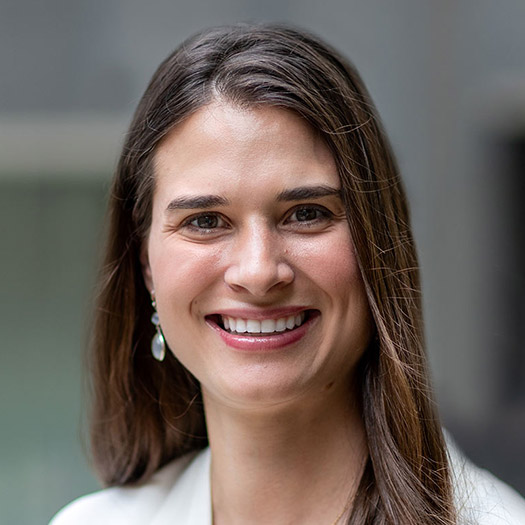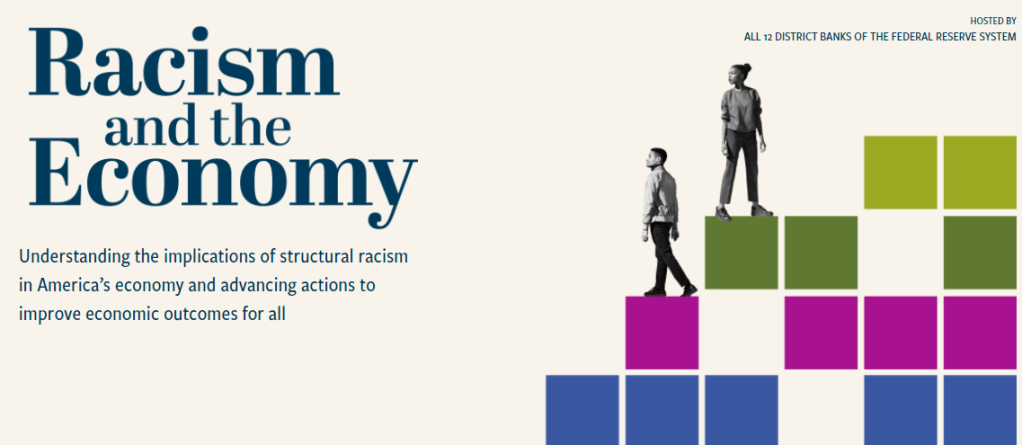Imagine a future where racial and gender labor market disparities don’t exist. How much would each state economy stand to gain? That’s the question behind this simulation. While we can’t predict the future, we can look to the past for clues.
For this thought experiment, we crunched the numbers for 15 years of data spanning 2005-2019. For every US state and Washington DC, we modeled how much gross domestic product (GDP) would have increased each year by eliminating racial and gender gaps in earnings, hours worked, educational attainment, and employment.
This simulation adapts methodology from a recent Federal Reserve working paper, which estimates that these gaps cost $2.6 trillion of foregone GDP nationally in 2019. Simulated GDP in our scenario assumes that every group has at least the same average labor-related measures as a comparison group that has historically faced the fewest systemic barriers in the labor market; for example, closing the gender gap imagines women’s labor measures are at least at the level of men’s.
Visit detailed methods for simulation methodology and to download data. Have questions about how to use this simulation? Visit our FAQs.

WHAT YOU NEED TO KNOW
Looking at GDP as a measure of shared prosperity, our simulation shows that closing racial and gender gaps in the labor market isn’t a zero-sum game.
Racial and gender gaps in the labor market represent unrealized economic gains in every US state and DC.
Each state has unique characteristics that factor into labor market disparities and simulated state GDP gains, including population size and racial demographics.
Economic benefits of closing racial and gender gaps would extend well beyond the people who would no longer face these types of disparities.
TAKING ROOT
Building on the thought experiment for better outcomes
Barriers to economic participation for women and people of color have a longstanding history. Challenges remain in helping realize their full potential. As you review the data presented here, consider supporting solutions that enable educational attainment, quality jobs, wealth-building opportunities, and other supports for closing the gaps in economic participation.
Community development practitioners, investors, researchers, and policymakers all have a role in examining the factors that constrain people from being successful in the labor force. These factors include discrimination in hiring, workplace culture and policies, and lack of supports for families with children such as child care. At the same time, we can all focus on creating equitable neighborhood conditions that enable opportunities, health, and well-being for individuals and families. We encourage you to consider all the ways you can apply this research to build an economy that allows everyone a chance to thrive.
Acknowledgments
This research was produced by Federal Reserve community development staff participating in a Federal Reserve Racial Equity Learning Community (RELC). Within the Fed, RELC advances a nuanced and comprehensive approach to addressing structural barriers that limit the full potential of communities of color. The workgroup would like to acknowledge Scott Arcuri from the Cleveland Fed and Nicole Guilfoyle and Anne O’Shaughnessy from Fed Communities for design and development, Shelby Buckman and Lily Seitelman for research technical assistance, and the broader RELC group for project support and review.











